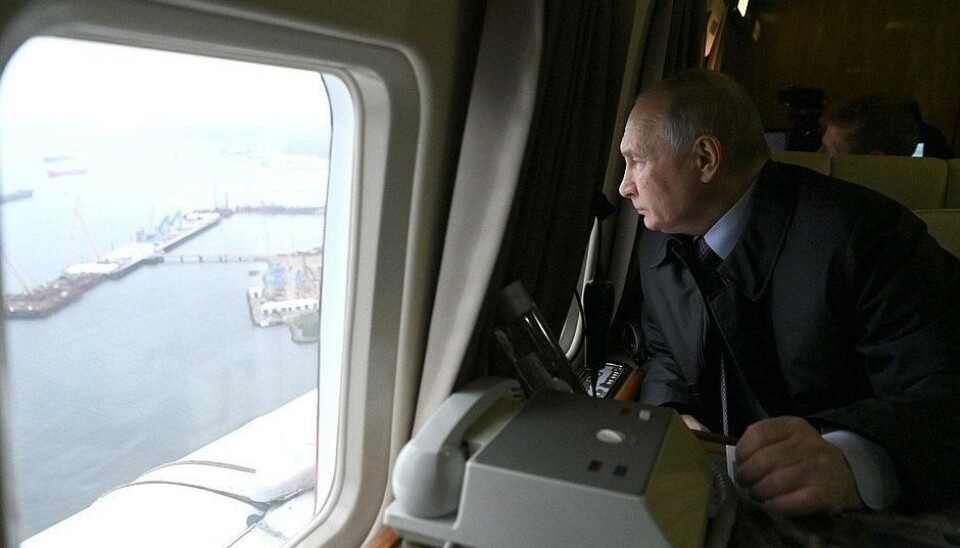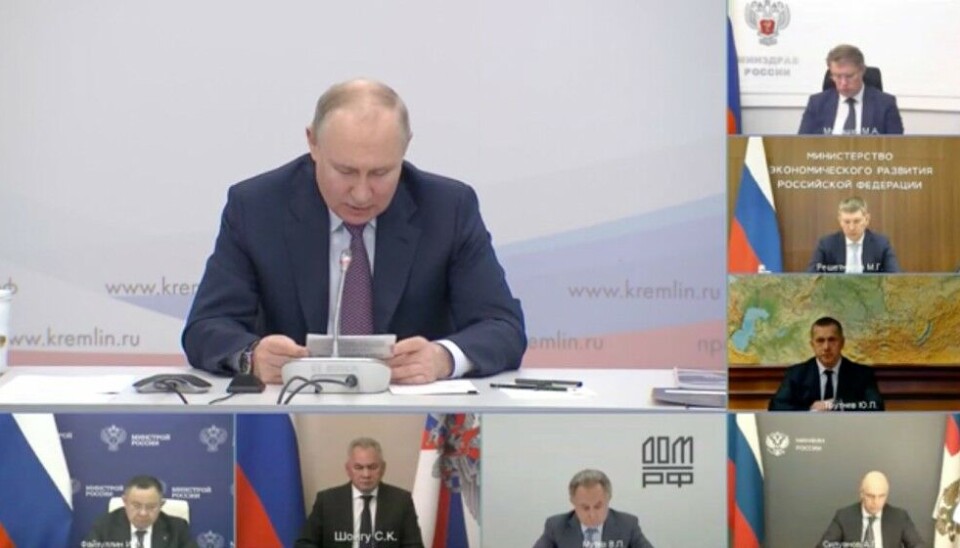
Putin came to Murmansk to bolster regional military. But cancelled meeting with military leaders
The president's planned visit to Severomorsk, the Northern Fleet headquarters, was reportedly cancelled due to "bad weather."
Vladimir Putin’s visit to the Kola Peninsula had not been publicly announced beforehand. But it was still evident that something was in the making and speculations were circulating on social media.
Over the past weeks, the far northern region had been visited by Minister of the Far East and Arctic Aleksei Chekunkov and Presidential Adviser Maksim Oreshkin.
Murmansk is today experiencing massive investments in new mining, seaport development and natural gas projects, and it came as no surprise that it was Novatek’s LNG construction center in Belokamenka that was presented as key point on the president’s agenda as he arrived to the region on the 20th of July.
But of bigger significance for Putin, the war president, is the region’s military capabilities. The Kola Peninsula houses the powerful Northern Fleet, a military force that is becoming even more strategically important following the expansion of NATO in the Baltic region.

From the bases along the coast of the Kola Peninsula, the submarines and naval capacities of the Northern Fleet can smoothly access Arctic waters and the world seas, even in a crisis situation.
Judging from information shared during Putin’s visit, the Murmansk region will over the next years experience a major buildup of forces. In his meeting with the president, Murmansk Governor Andrei Chibis described how his region is preparing for a “significant increase in the number of people in regional military towns and settlements.”
“This includes sailors, submariners, naval infantrymen, motorised riflemen, tank drivers, pilots and many others,” he explained.

During his visit, Putin hosted a meeting specifically devoted to the situation in the regional military towns and settlements. But despite the clear military interest in the issue, there was no military representation in the event. Minister of Defence Sergei Shoigu appeared to participate through a video link, but unlike the other online participants Shoigu was displayed only with a frozen photo.
As a matter of fact, Putin appears not to have met a single military representative during his visit to Murmansk.
According to the president, a visit to Severomorsk, the Northern Fleet headquarters, was scheduled, but cancelled due to bad weather conditions.
“We unfortunately did not make it to Severomorsk because of the weather conditions, we wanted to fly there with helicopters, but it did not happen because of the weather,” he said.
The weather in Murmansk was indeed windy and overcast on the day of Putin’s visit. But the cancelled trip to Severomorsk still appears remarkable considering that the base is located only a short drive from Murmansk City. Furthermore, the Kremlin itself distributed photos showing the president fly helicopter over the Kola Bay together with Governor Chibis and Aleksandr Gutsan, the Presidential Aide to Northwest Russia.

As if to compensate for the cancelled visit, Putin did promise that major sums would be allocated to the construction of a new local sport complex and stadium, as well as the renovation of the Severomorsk hospital.
But much more is needed, Governor Chibis underlined.
According to Chibis, over the next ten years about 135 billion rubles (€1,34 billion) should be spent on the construction of 134 housing blocks and 37 new objects of social and municipal infrastructure.
The growing number of servicemen in the region will affect all the 27 settlements with military units on its territory. And there might even be a need for the building of new settlements, he argued.
“When looking at the issue with an integrated approach, there appears to be a need to plan new settlements so that military servicemen and their families can be concentrated on site and necessary conditions for high-quality living are created,” he told Putin.















